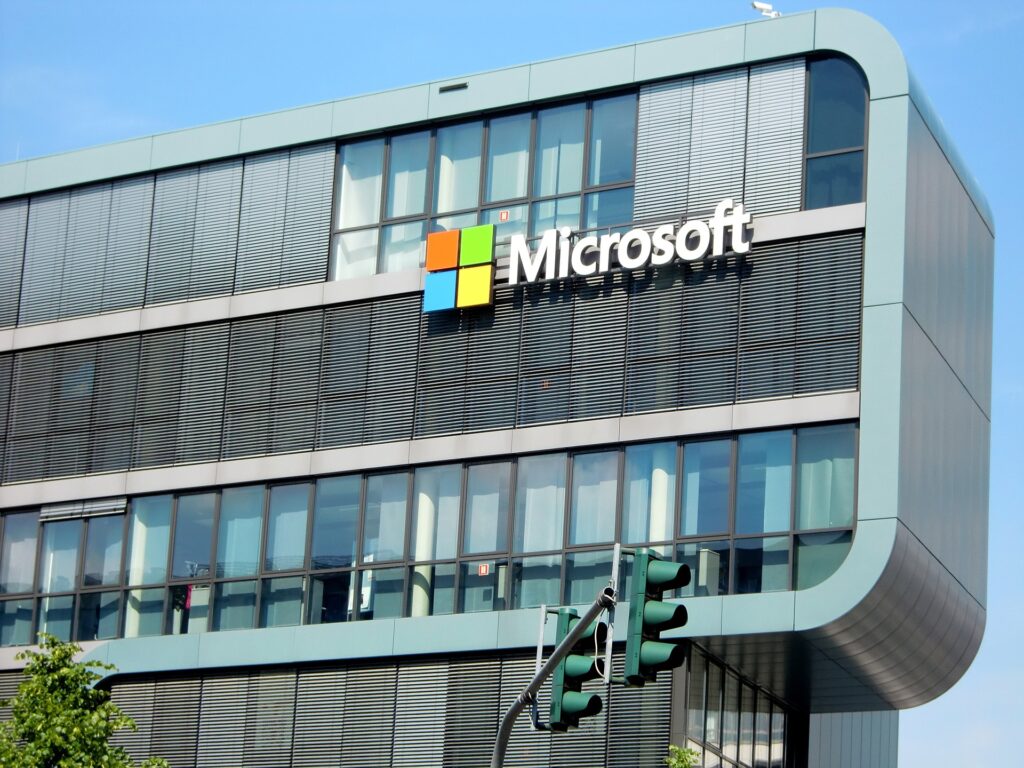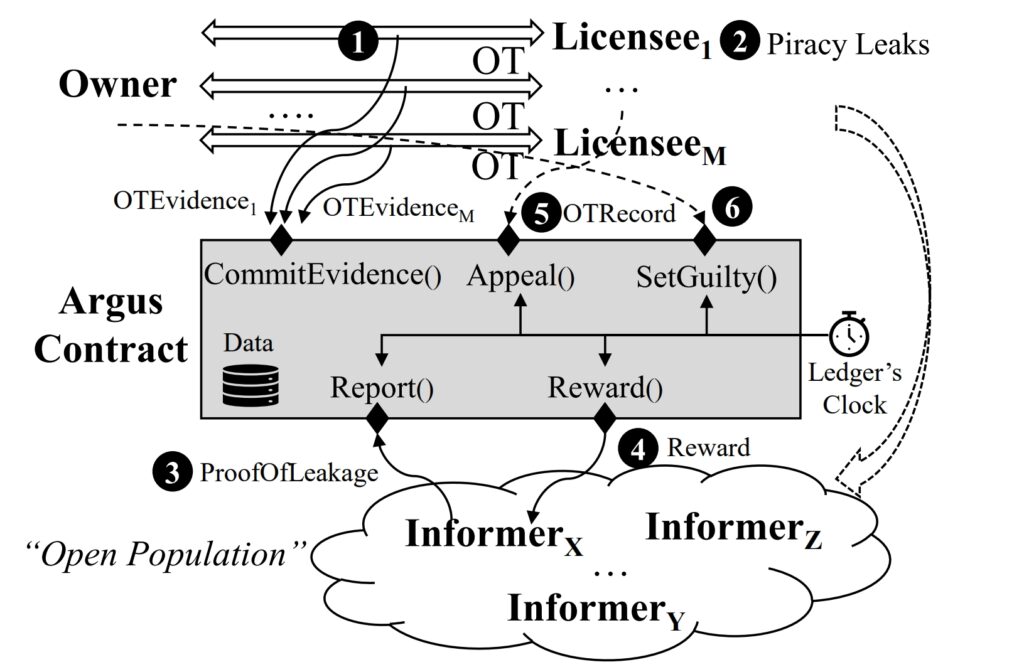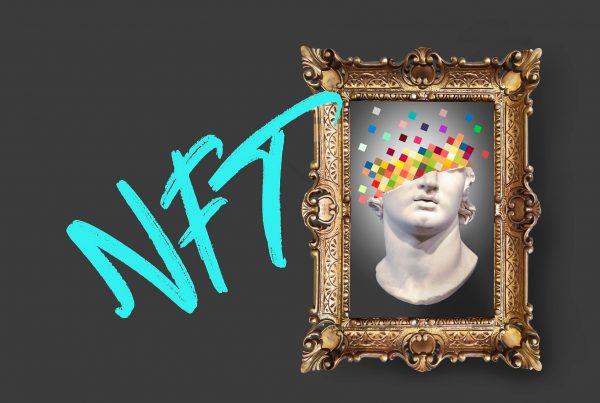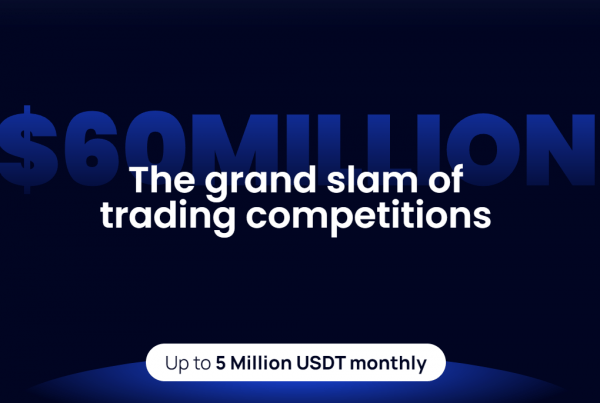
Key takeaways:
- In a new paper, Microsoft researchers have shared a concept of an innovative system to prevent piracy, named Argus
- Argus is a bounty-incentivized anti-piracy system built and optimized for use on the Ethereum blockchain
- It is yet unclear when the new system will be released
Microsoft’s research department has released a new paper in collaboration with Alibaba and Carnegie Mellon University in which the effects of using blockchain technology to fight piracy were studied. The proposed blockchain-based system named “Argus” uses Ethereum blockchain and anonymous reporting methods.
Argus incentivizes piracy reporting by introducing a reward system
Microsoft suite of productivity tools is perhaps the most pirated piece of software in the world. As such, it comes as no surprise that the Redmond-based tech giant is willing to consider every option to prevent its copyrighted software products from being stolen.
In a recently released paper named Argus: A Fully Transparent Incentive System for Anti-Piracy Campaigns, Microsoft researchers have laid out a plan on how to tackle piracy with the use of blockchain technology.

The so-called Argus Contract is the basis of the whole system and is “created by the owner of a copy-righted content.” In the image above we can see how the different roles (owner, licensee, informer) interact with the contract.
Each time an owner distributes content to licensees, the new copy is “embedded with a unique string”, a watermark, which can’t be removed without damaging the original content. Via a special process, called the oblivious transfer (OT), new content copies are retrieved without the owner or licensee knowing which of the marked copies is retrieved.
If a copy of the content is leaked, the informer can report it by using the Proof of Leakage function, after which the unique watermarked string is extracted. The reward function of the Argus contract incentivizes informers to share the information about possibly pirated intellectual property. The licensee of the allegedly pirated copy is then accused and has a certain amount of time to appeal, before the status on the Ledger’s Clock changes to ‘Guilty’.
“With the security and practicality of Argus, we hope real-world anti-piracy campaigns will be truly effective by shifting to a fully transparent incentive mechanism.” – Argus researchers on prospects of the new anti-piracy system
We have to note that the procedure described above was a heavily shortened and simplified version of the whole process. Check out the original paper for more in-depth explanations.
The transparency aspect of distributed ledger is paramount
The researchers note that Argus “is superior to existing solutions in terms of the trust assumption and the assured properties,” and that it “could enable a paradigm shift for anti-piracy incentive solutions.” The team that worked on the Argus paper is especially excited about the prospects of applying public blockchain, which is “logically sound” and an “economically practical” approach to fight piracy.
The team working on Argus was led by three main assumptions. In order for Argus to succeed, it must have robust watermarking capabilities, must have clear financial incentives for informers and has to be built on a trusted blockchain.
The blockchain-based system was optimized to use as little gas fees as possible. The researchers have found a way to reduce the cost of piracy reporting, which would otherwise be equivalent to thousands of ETH transactions, to “an equivalent cost of sending about 14 ETH-transfer transactions”.
It is yet unclear whether Microsoft is going to use the new system any time soon. In theory, it should work with all kinds of various content types, from images to video and software.
Microsoft is not alone in trying to utilize blockchain as a tool to protect intellectual property rights. Last month, Tech Mahindra, a subsidiary of the Indian multinational behemoth Mahindra Group, launched a ‘Blockchain-based Contracts and Rights Management System’ built on IBM’s blockchain.



